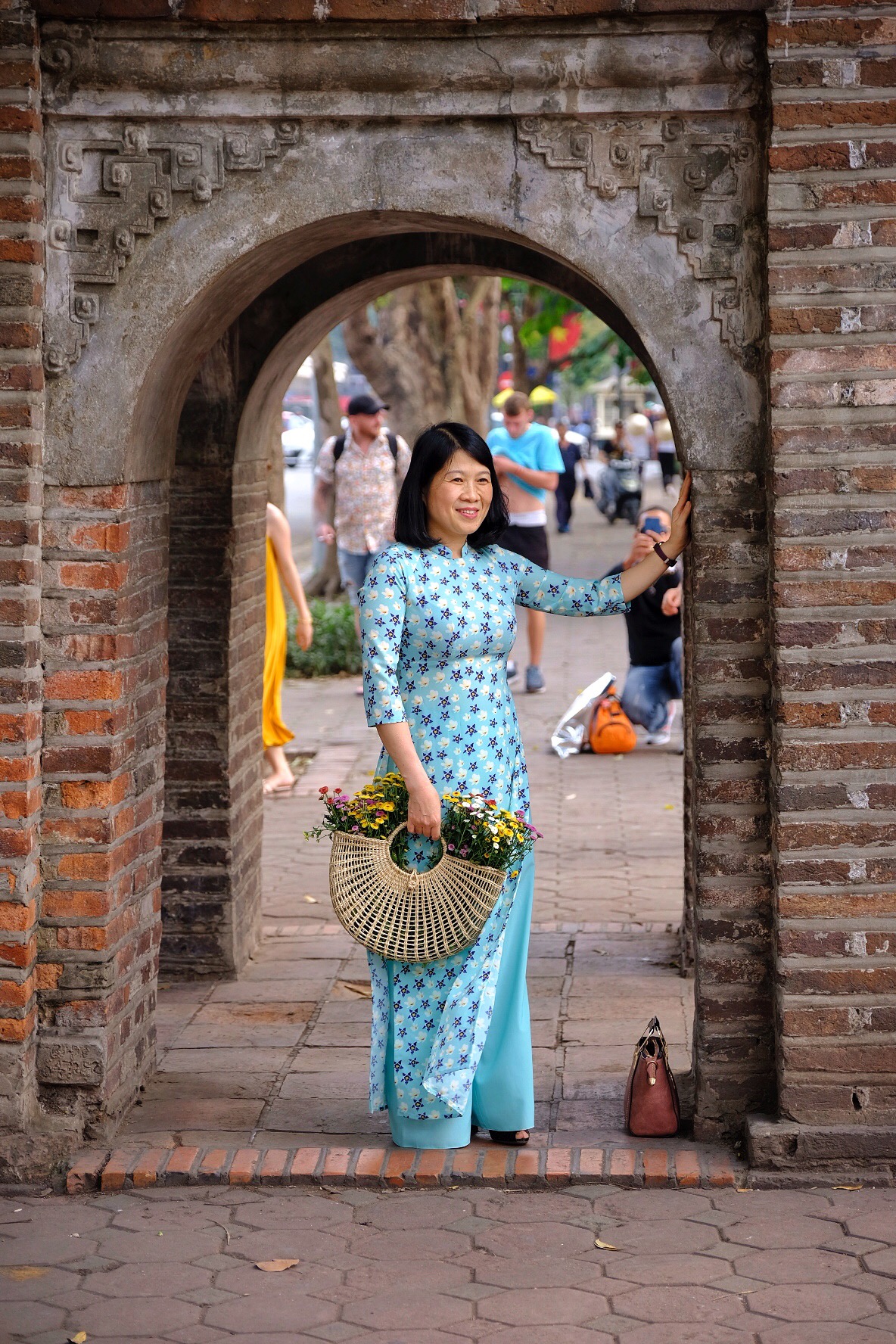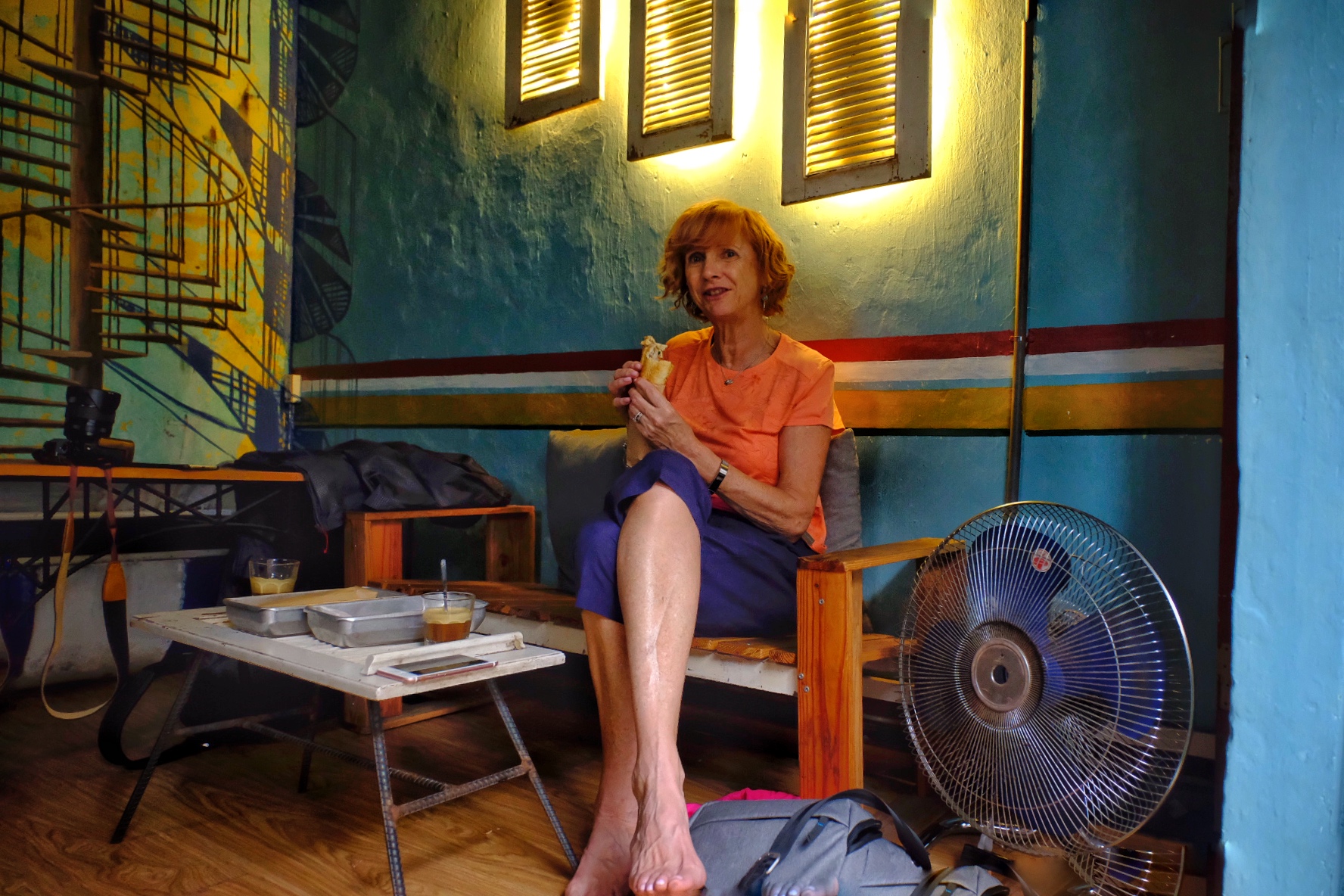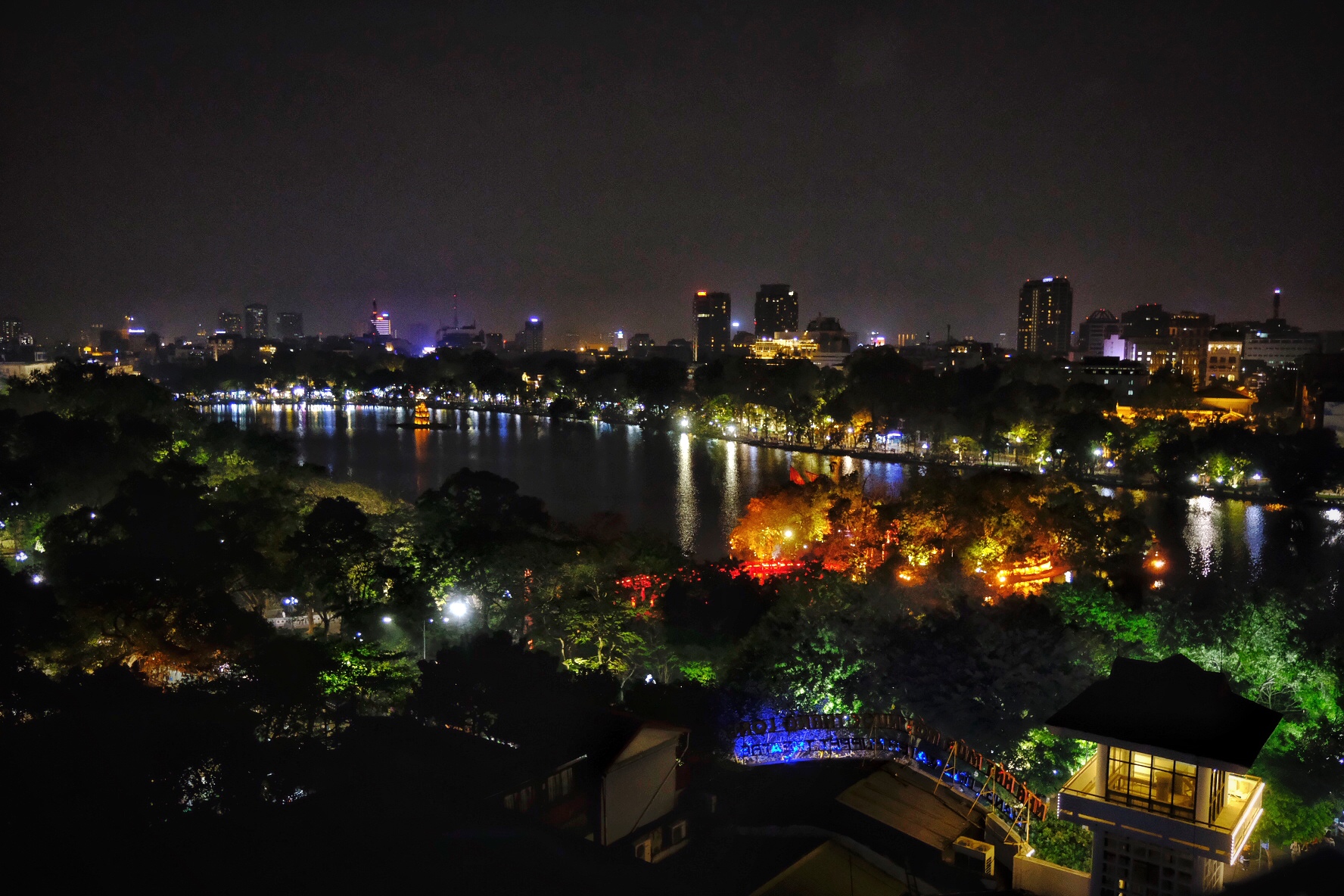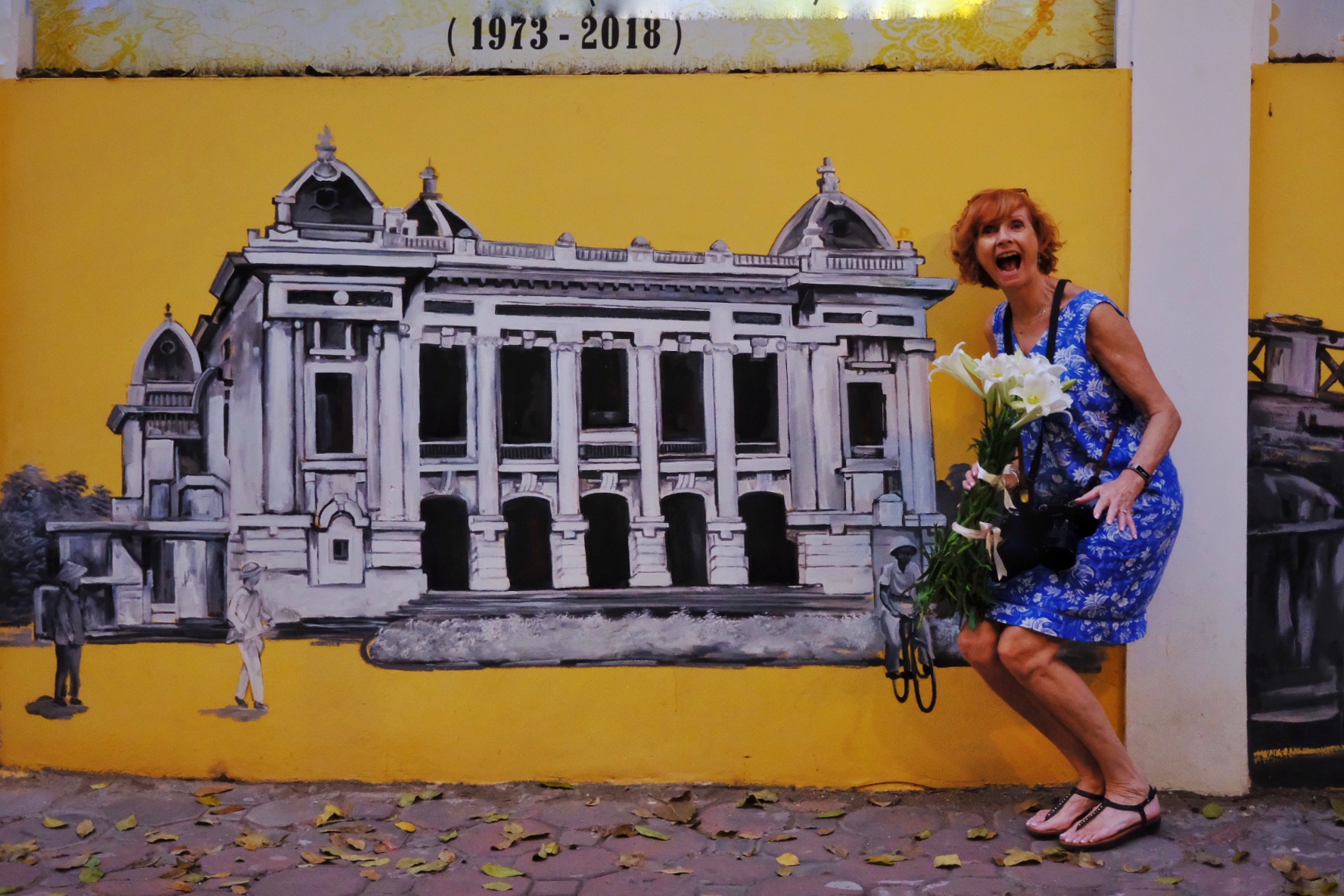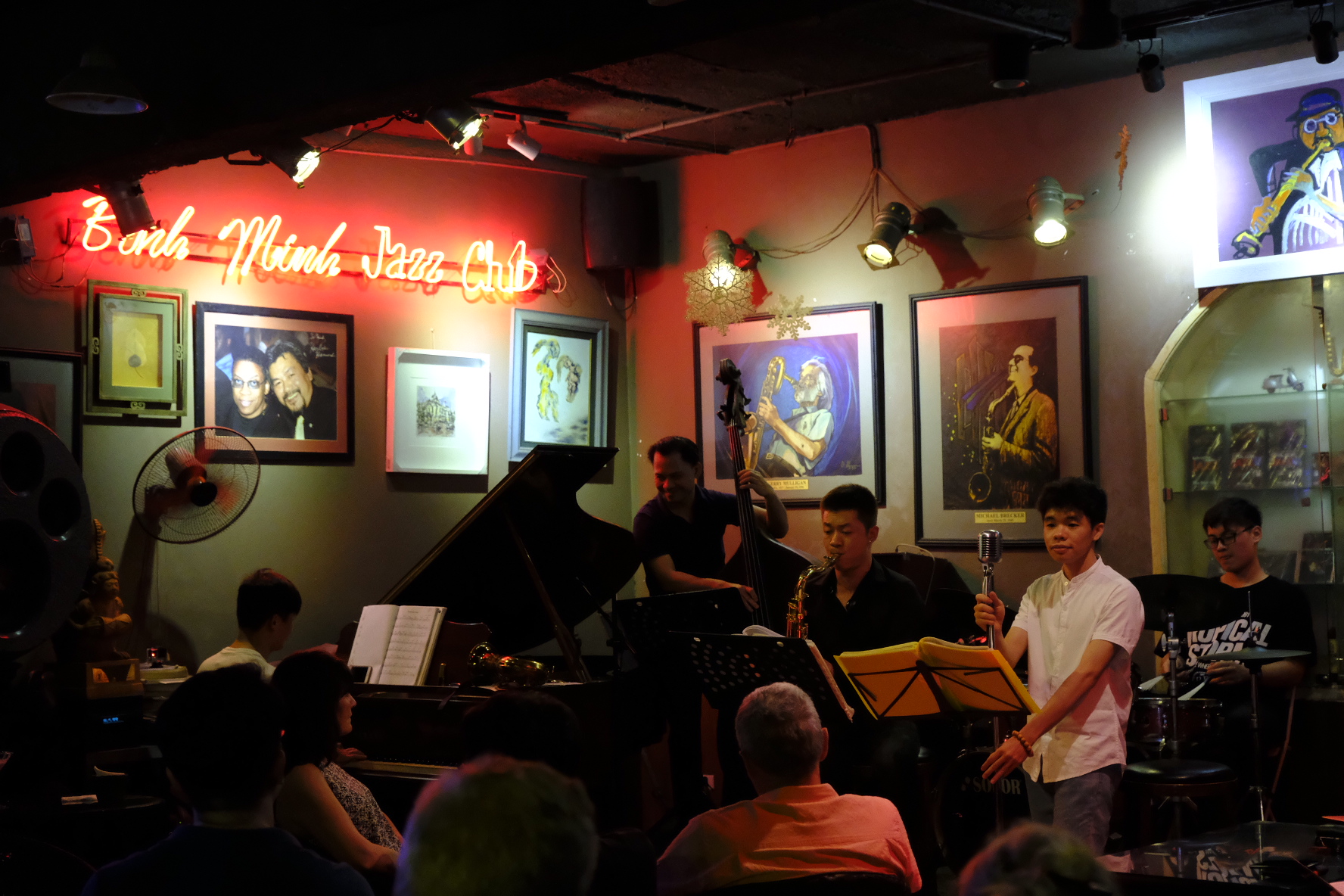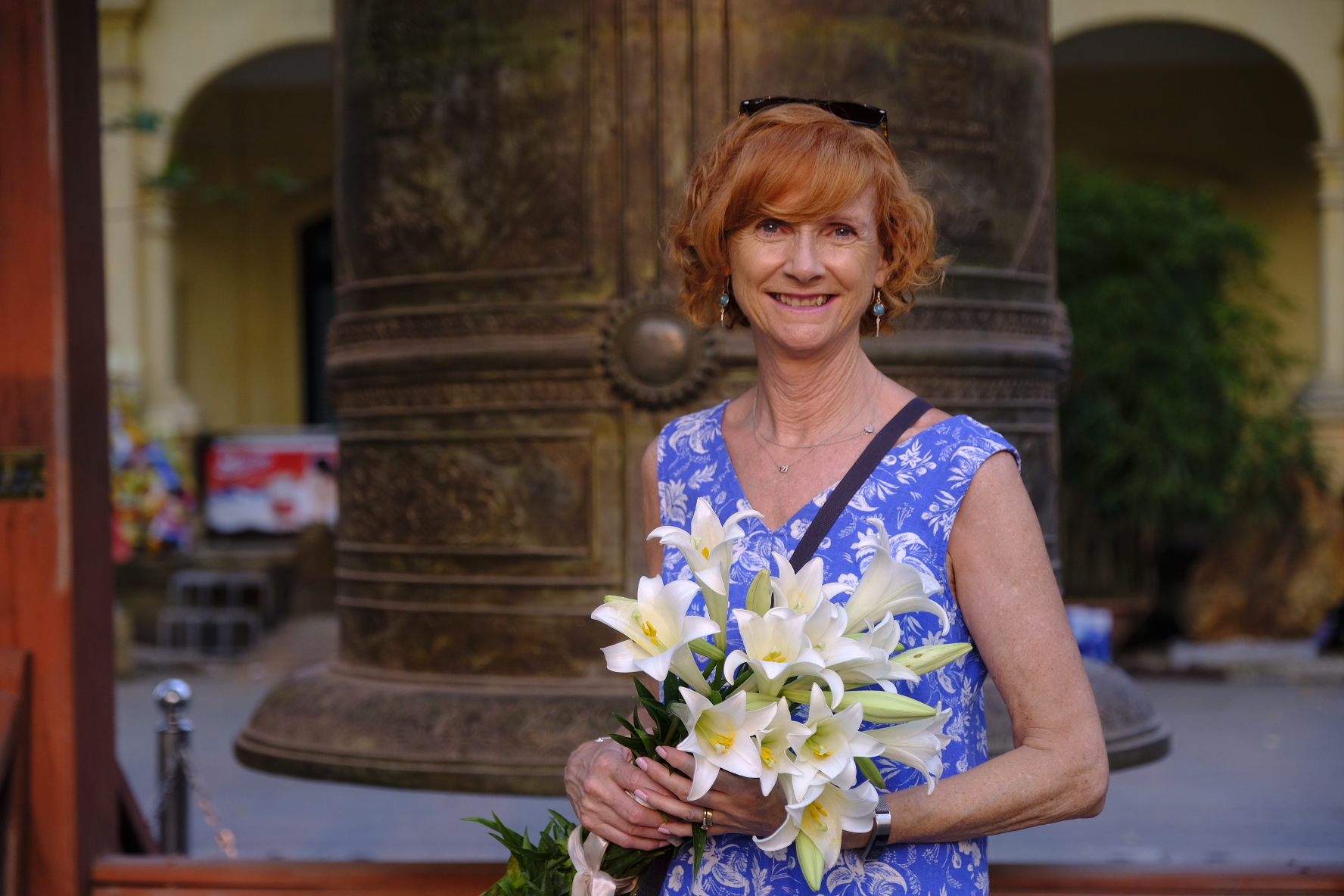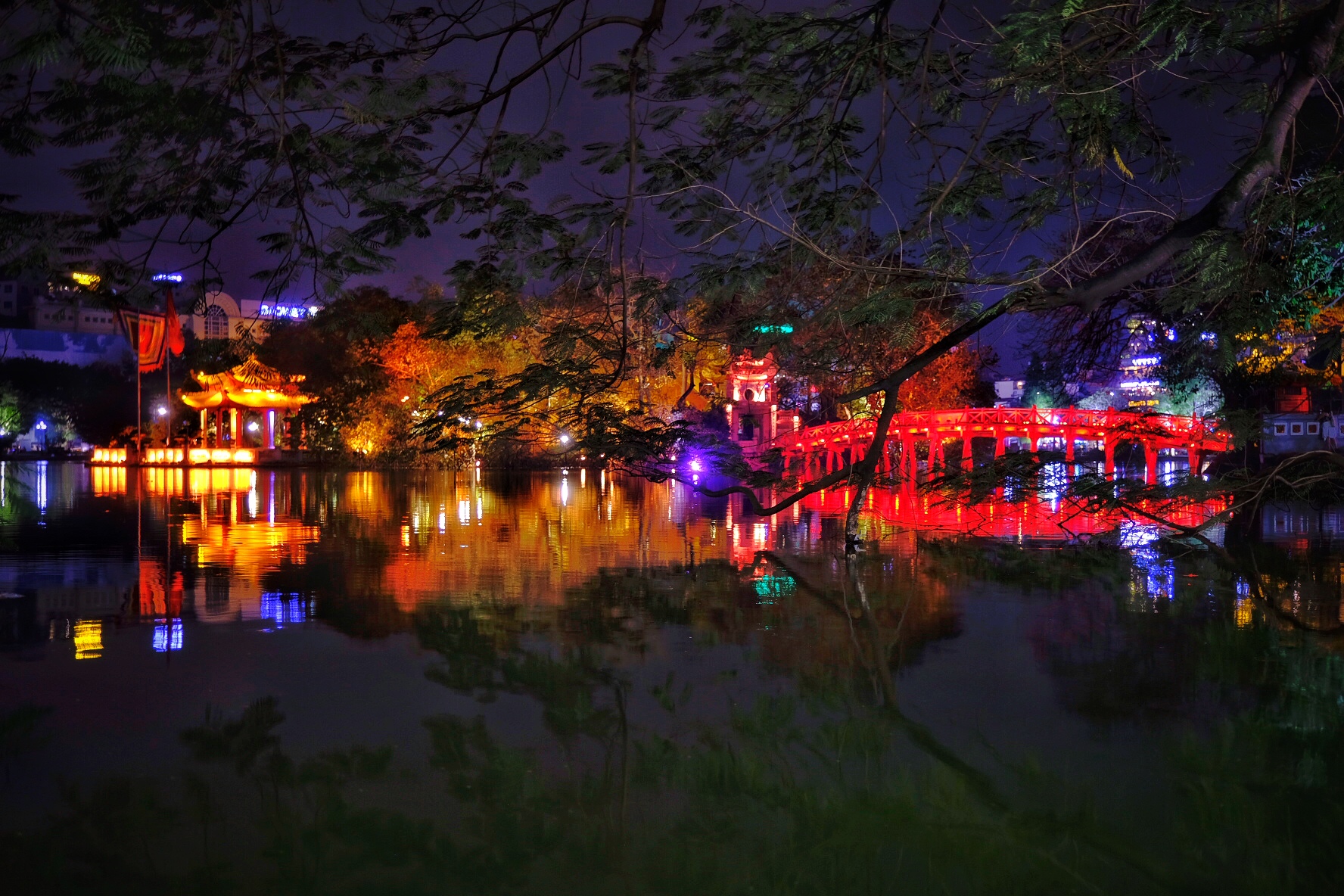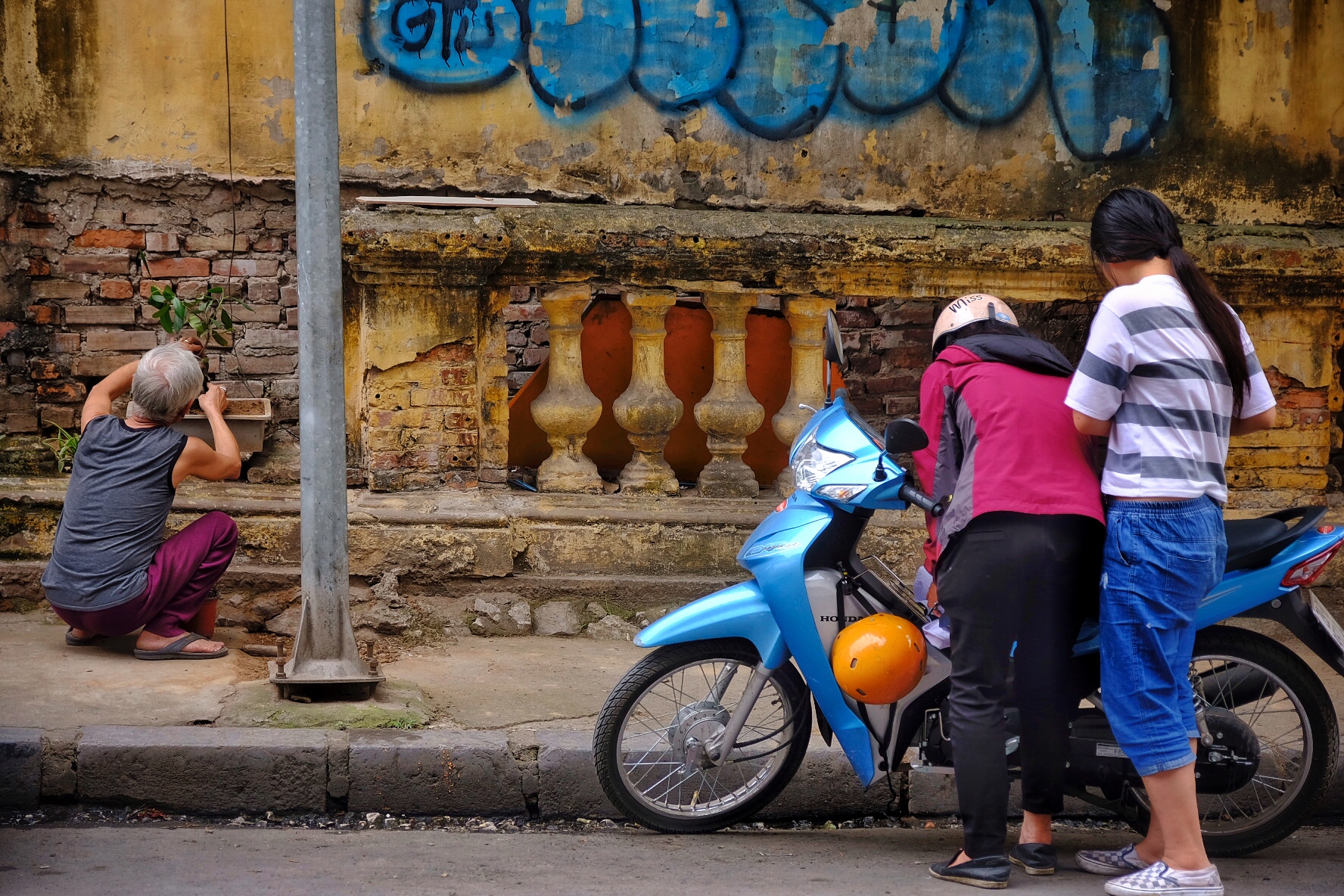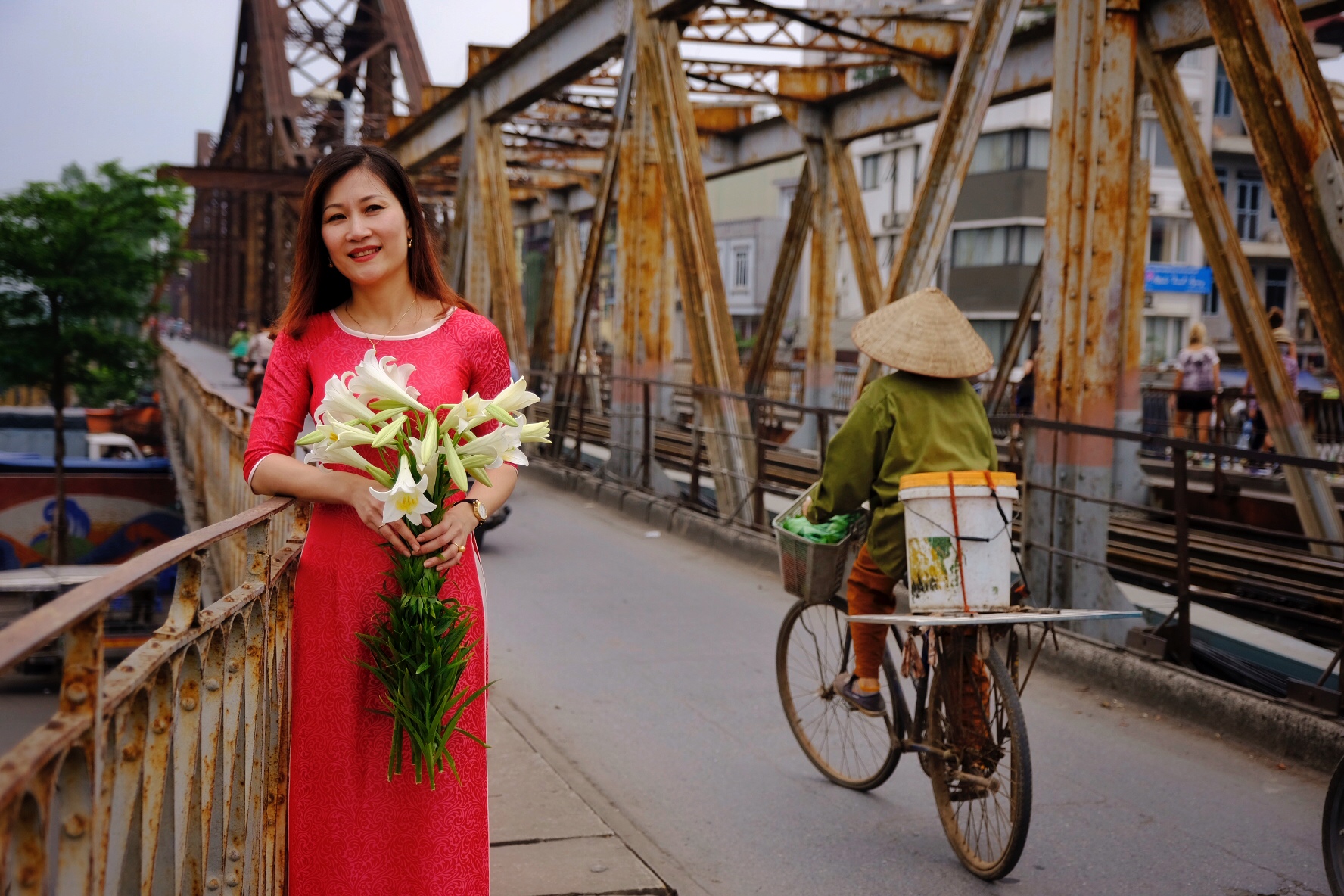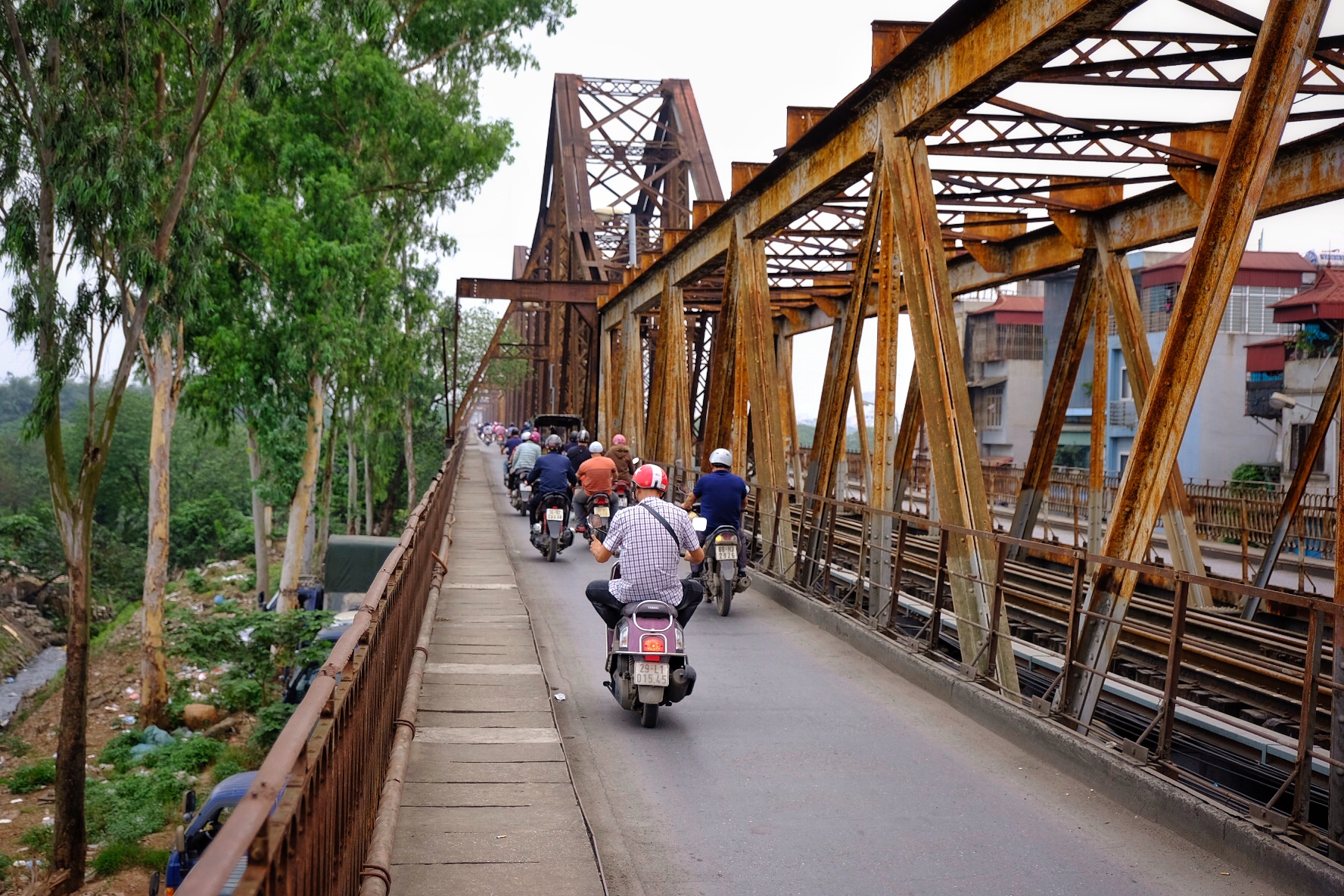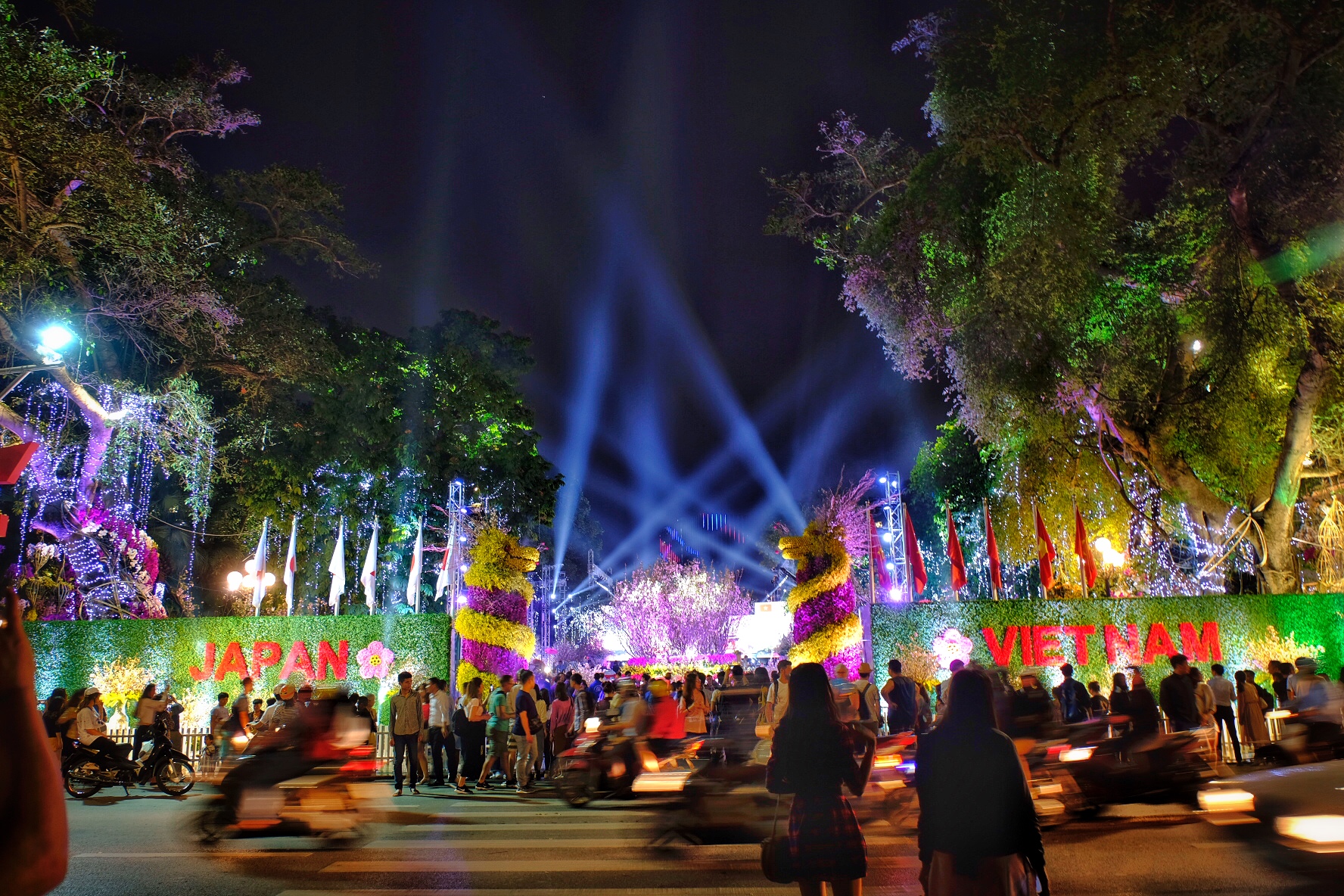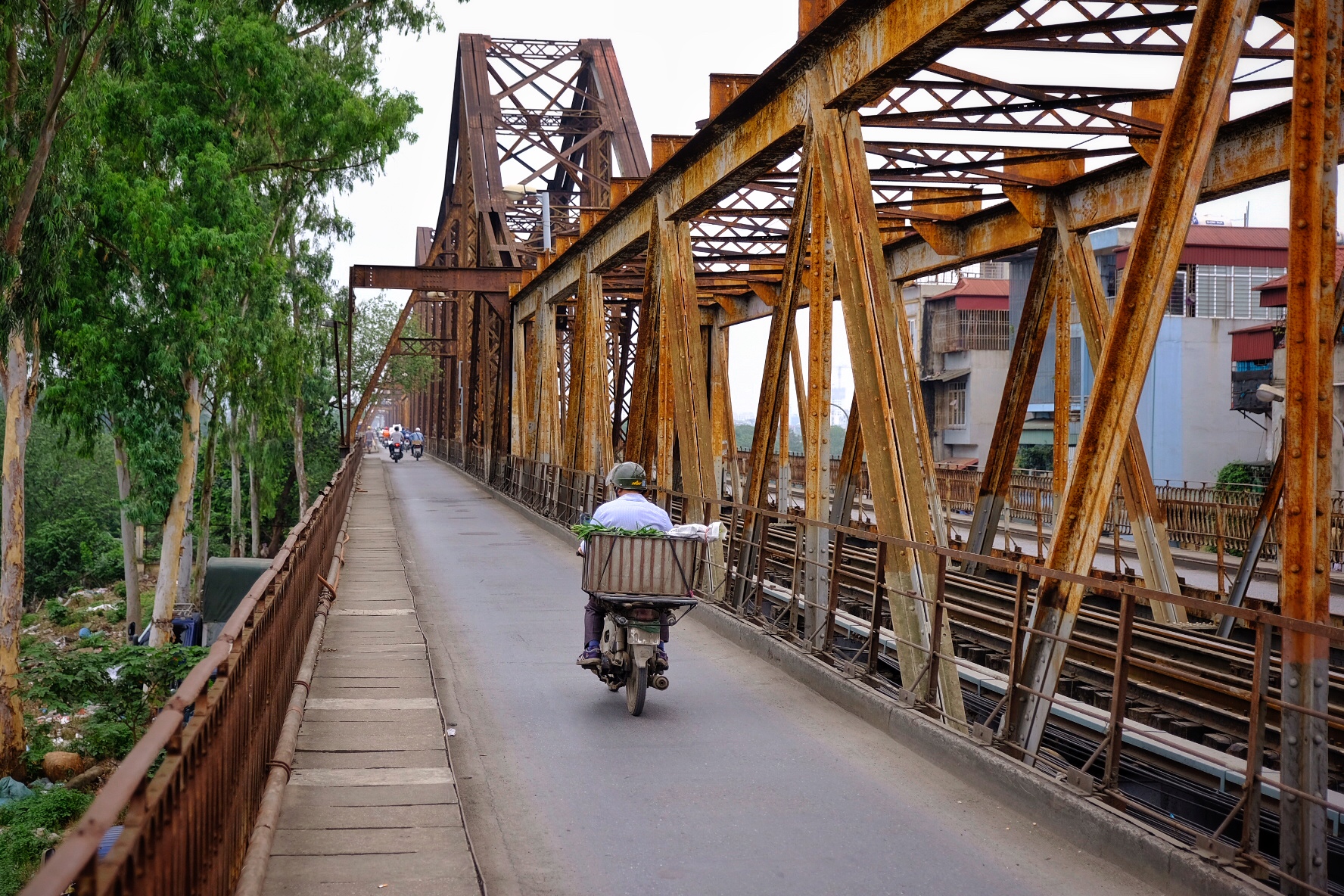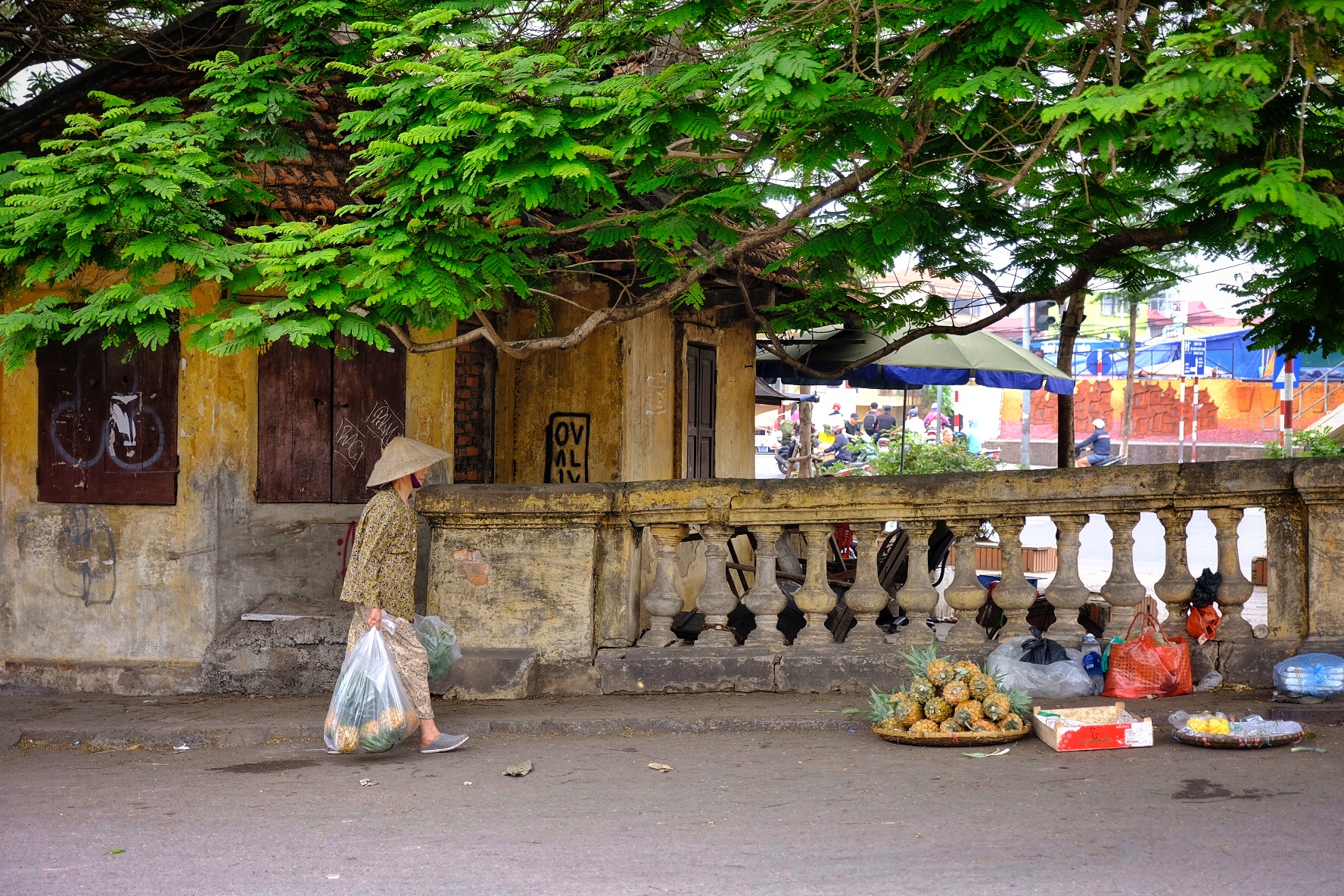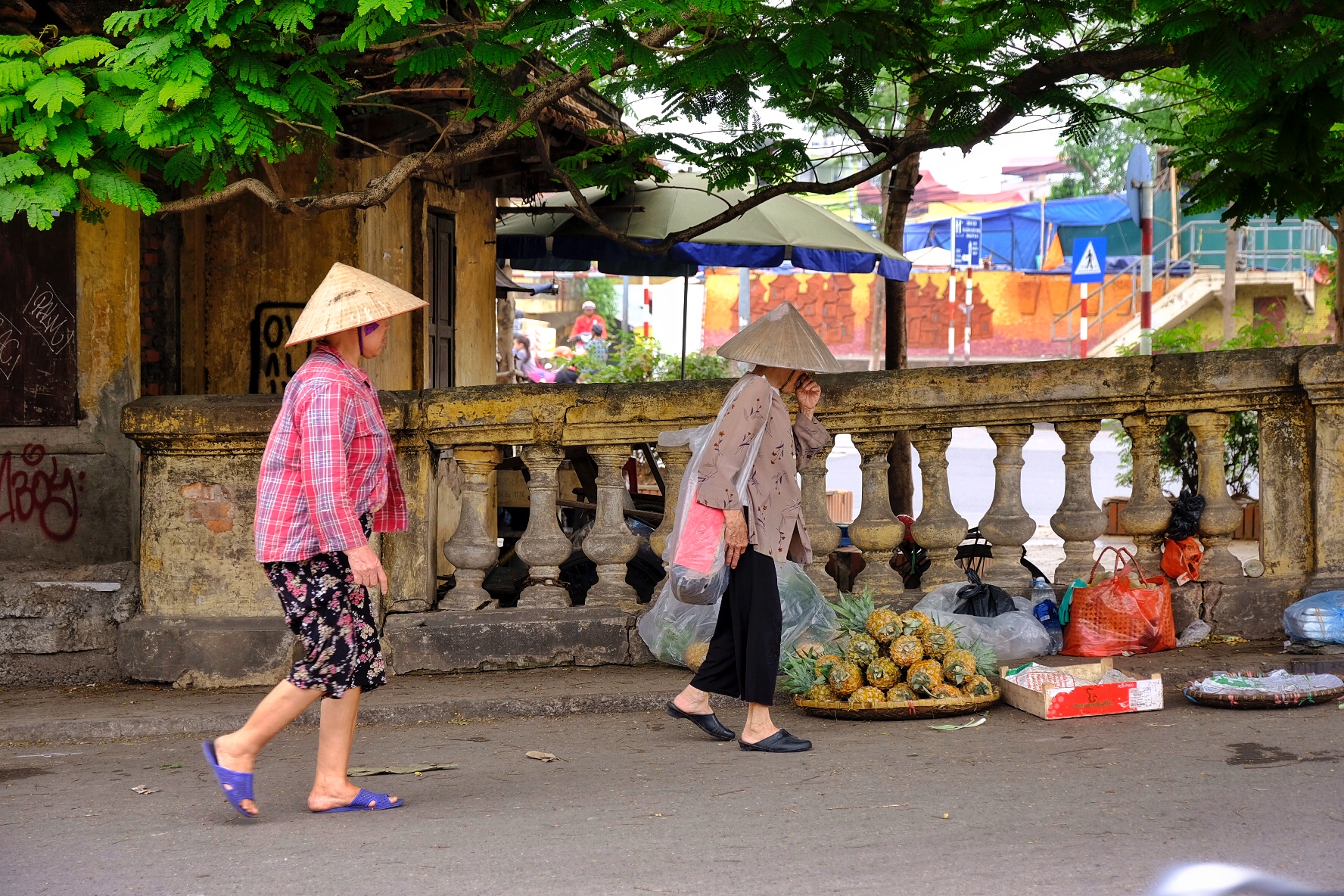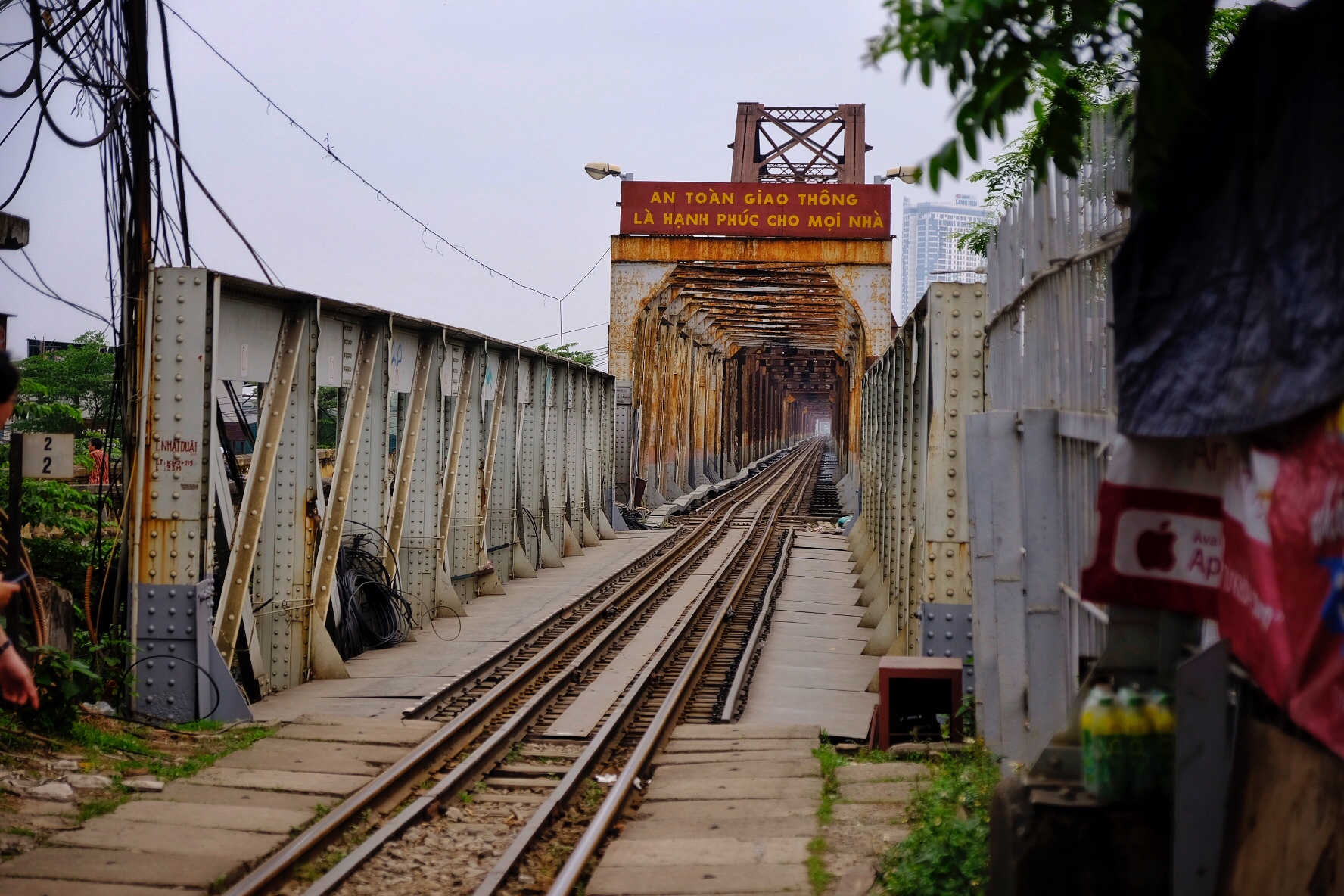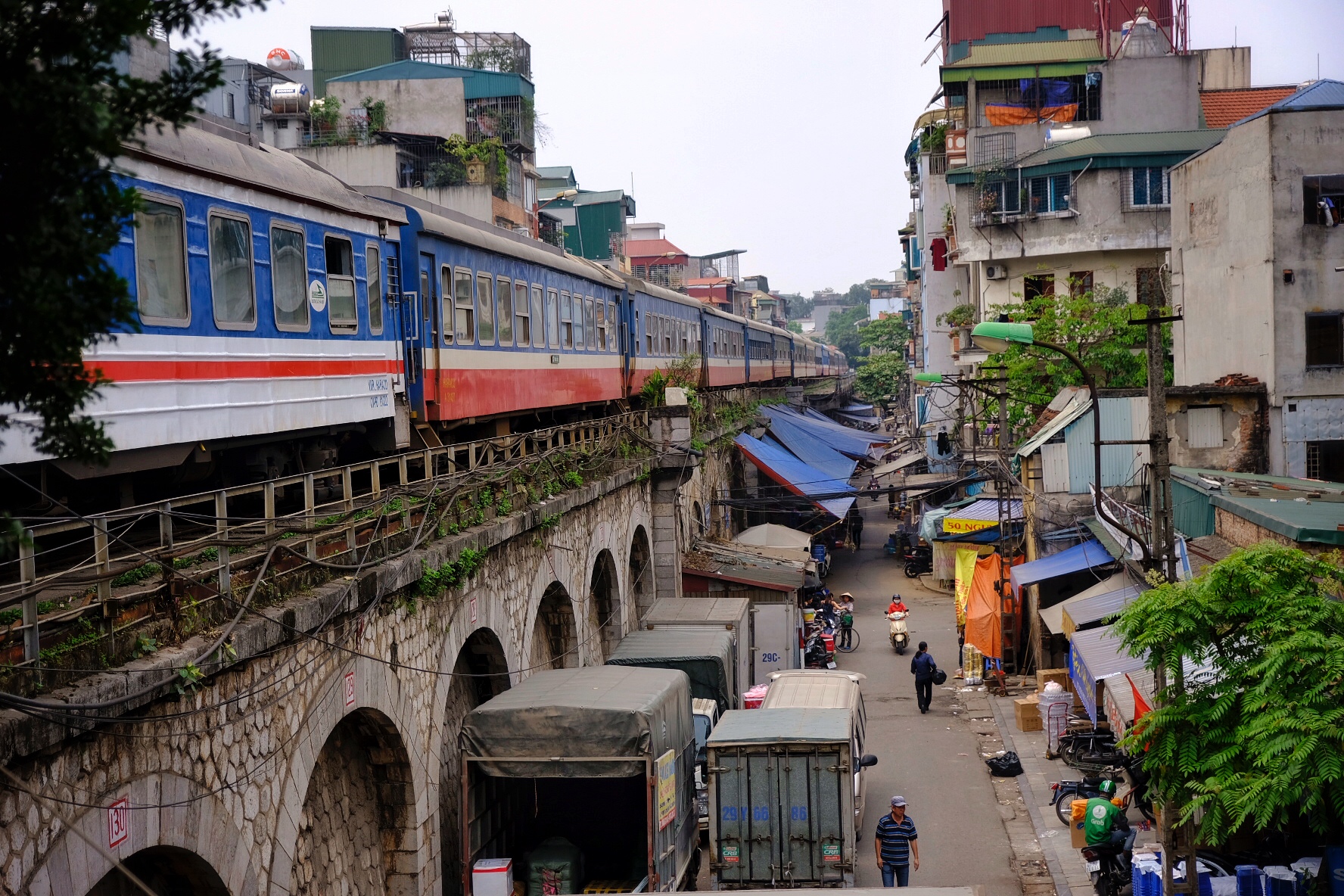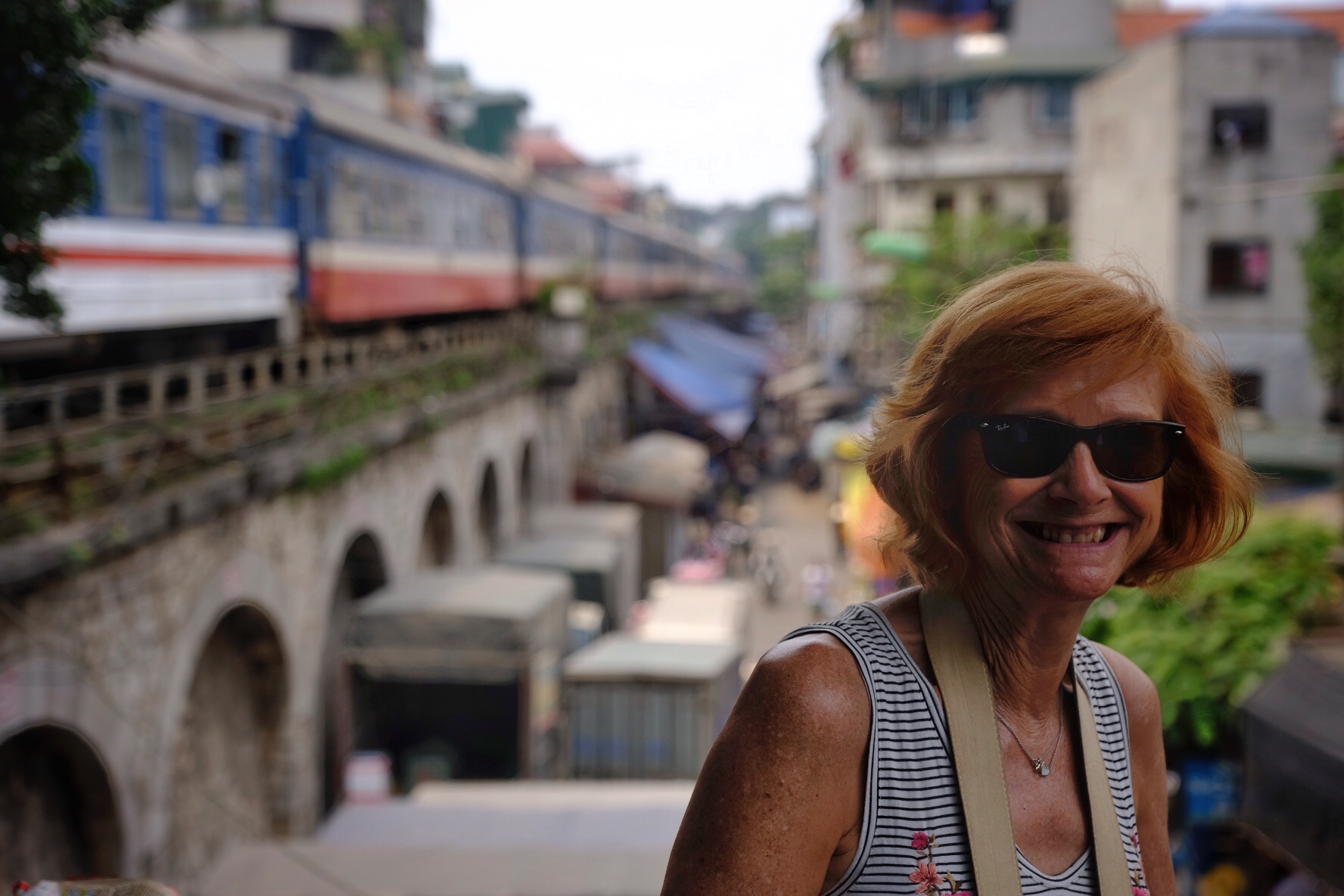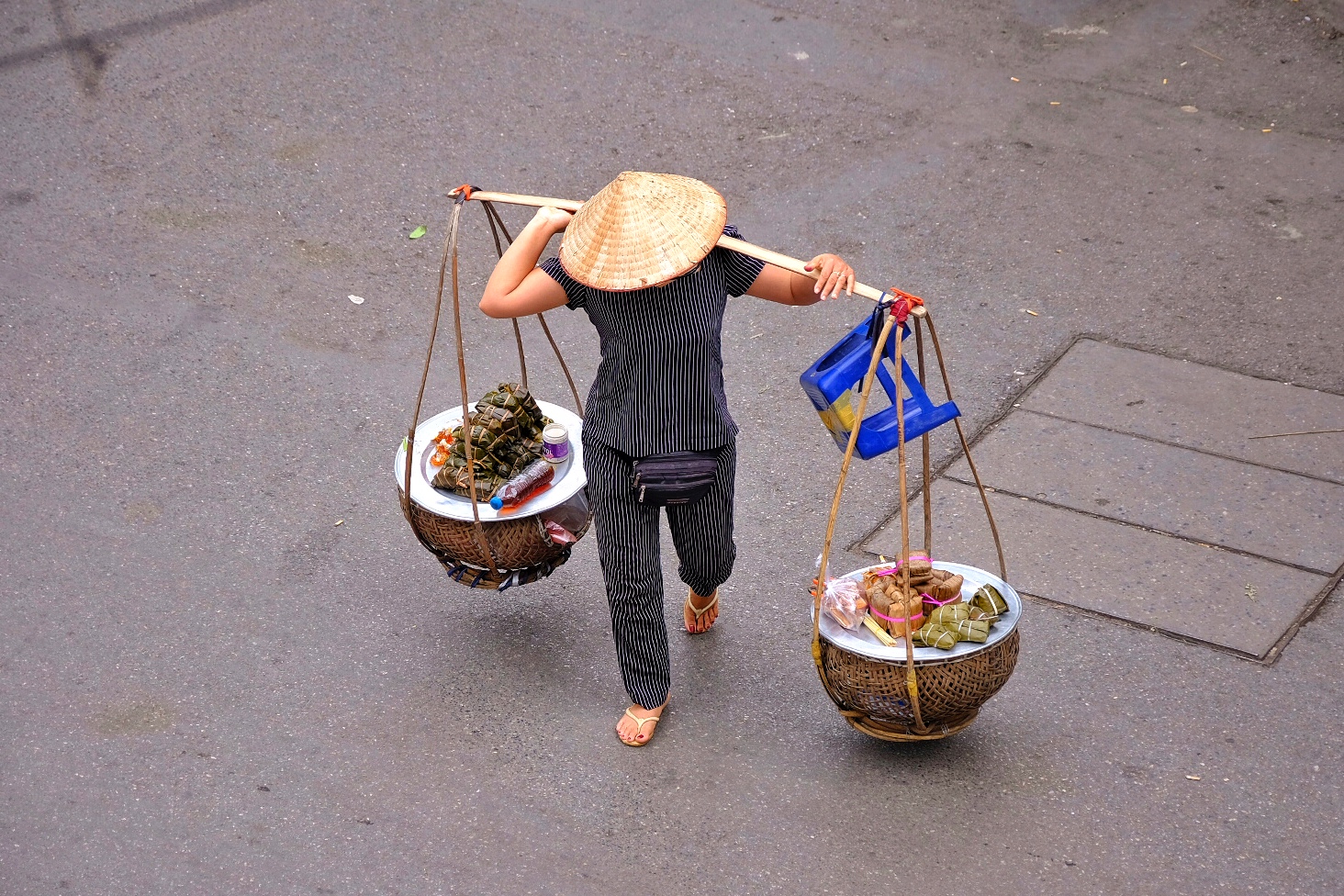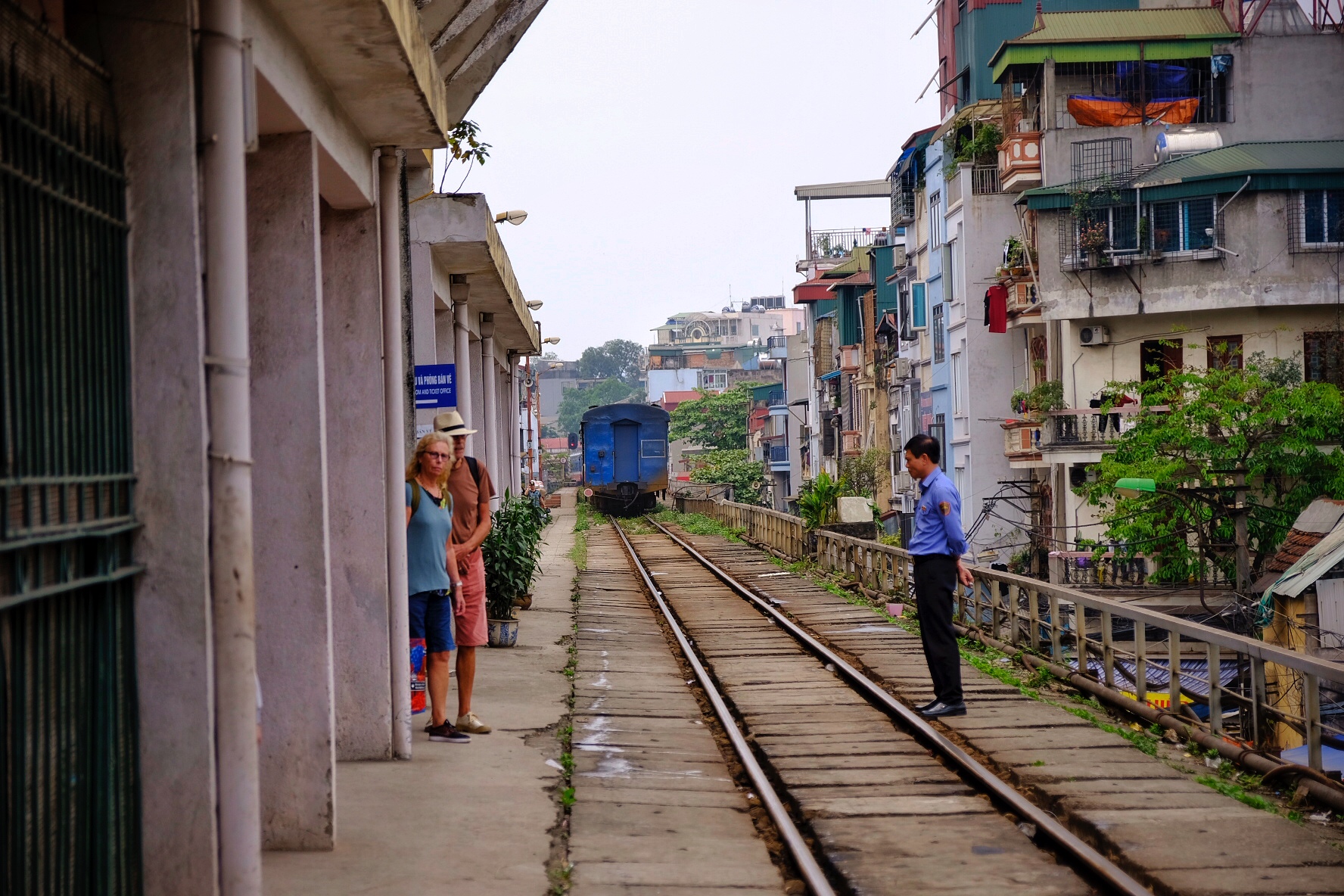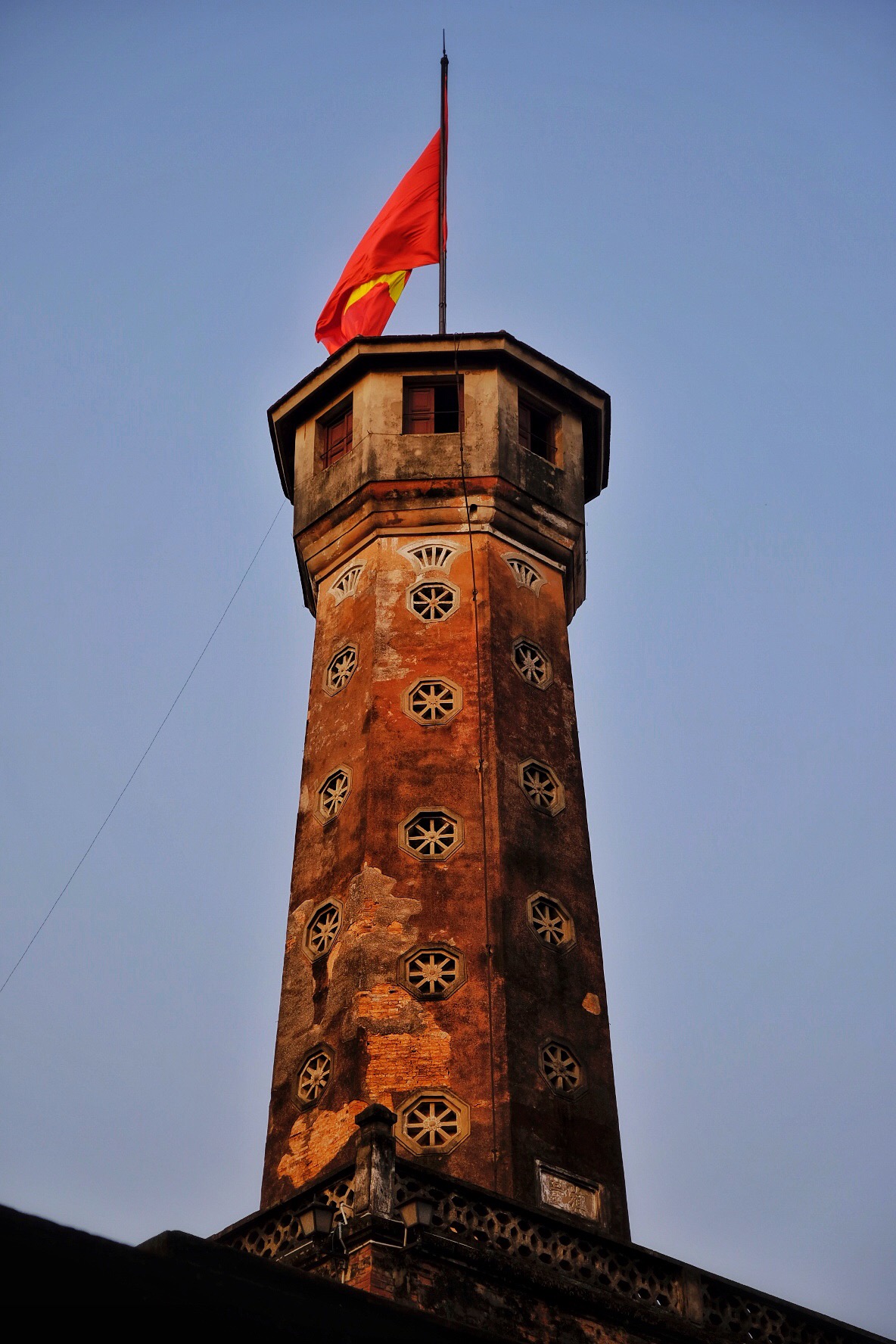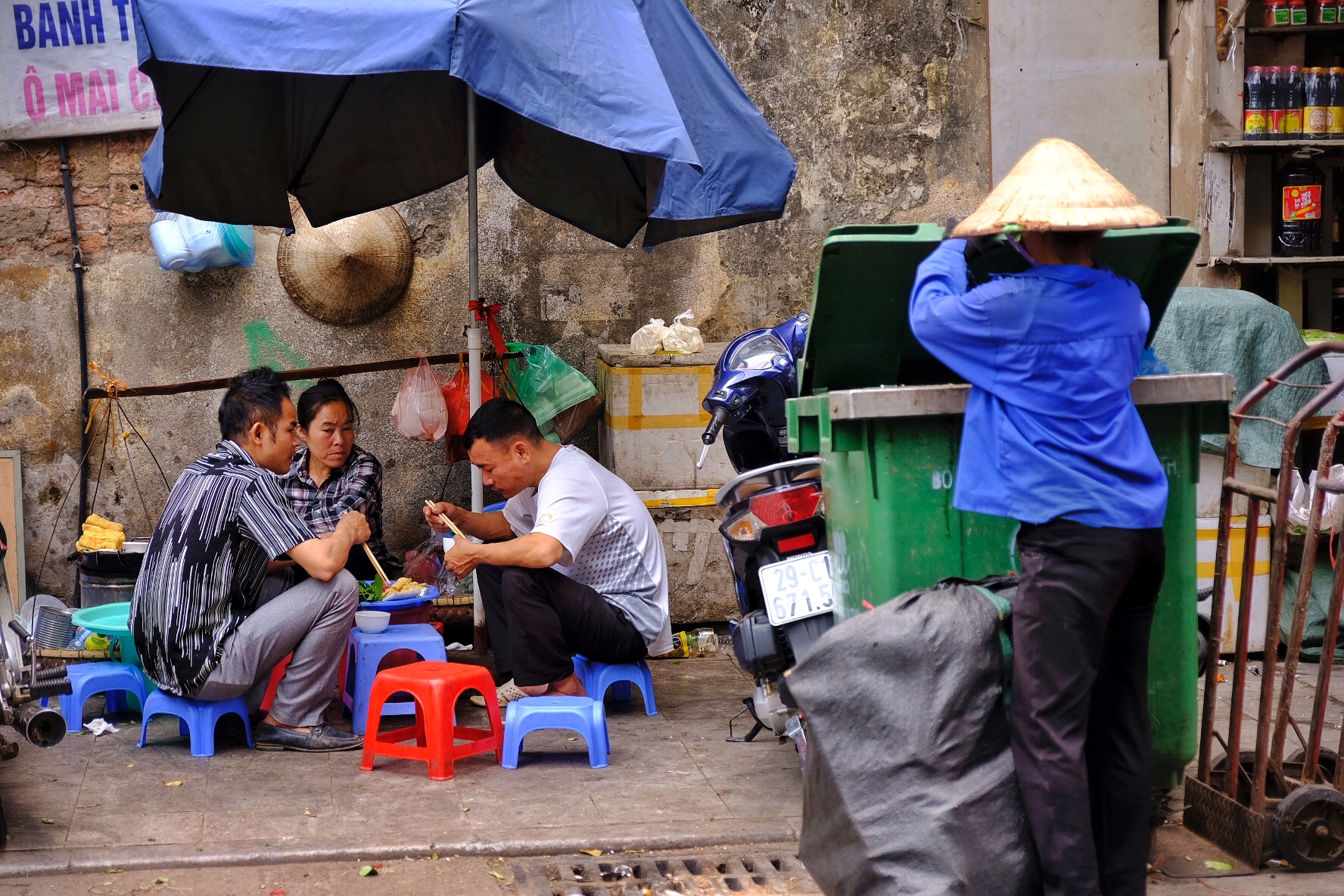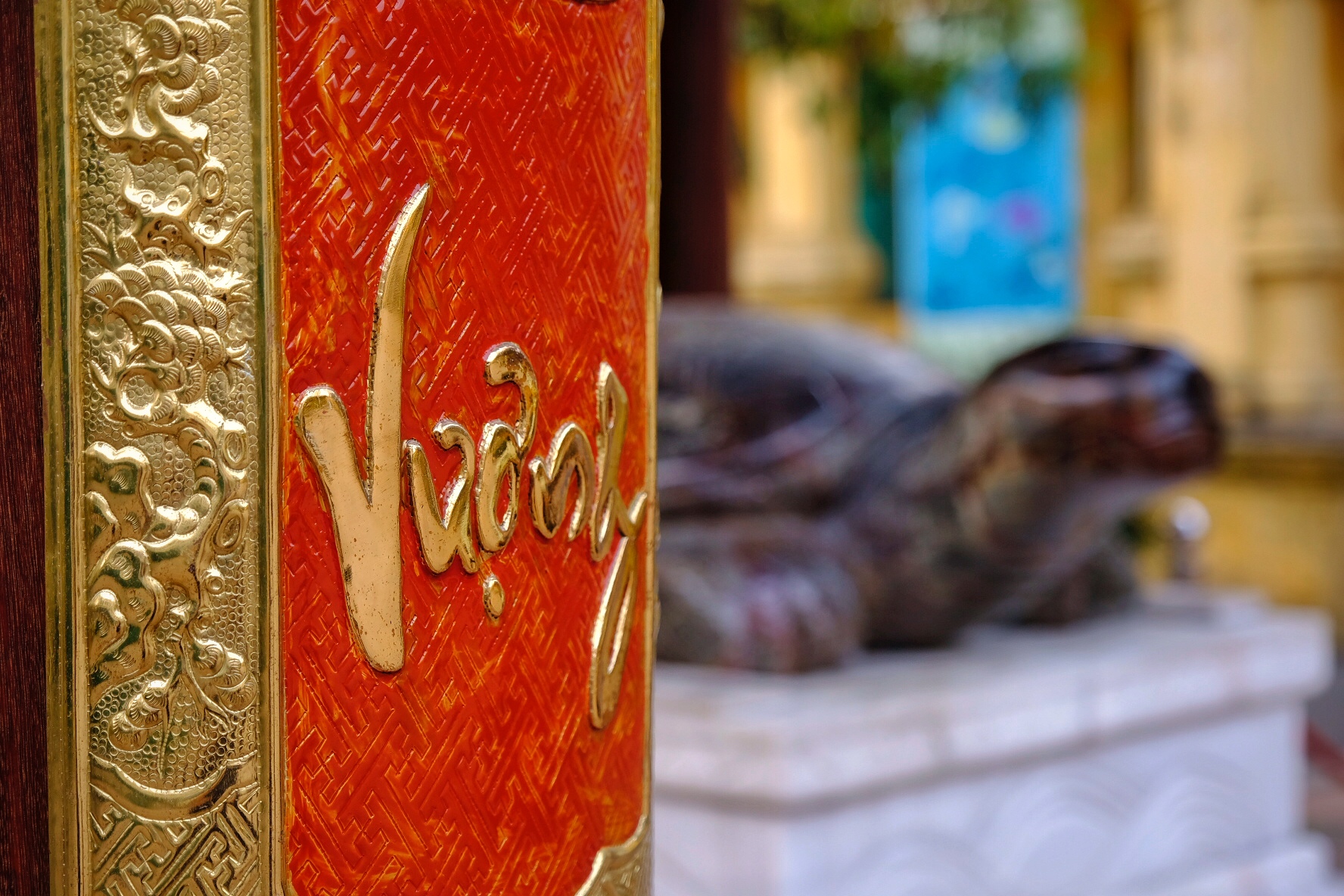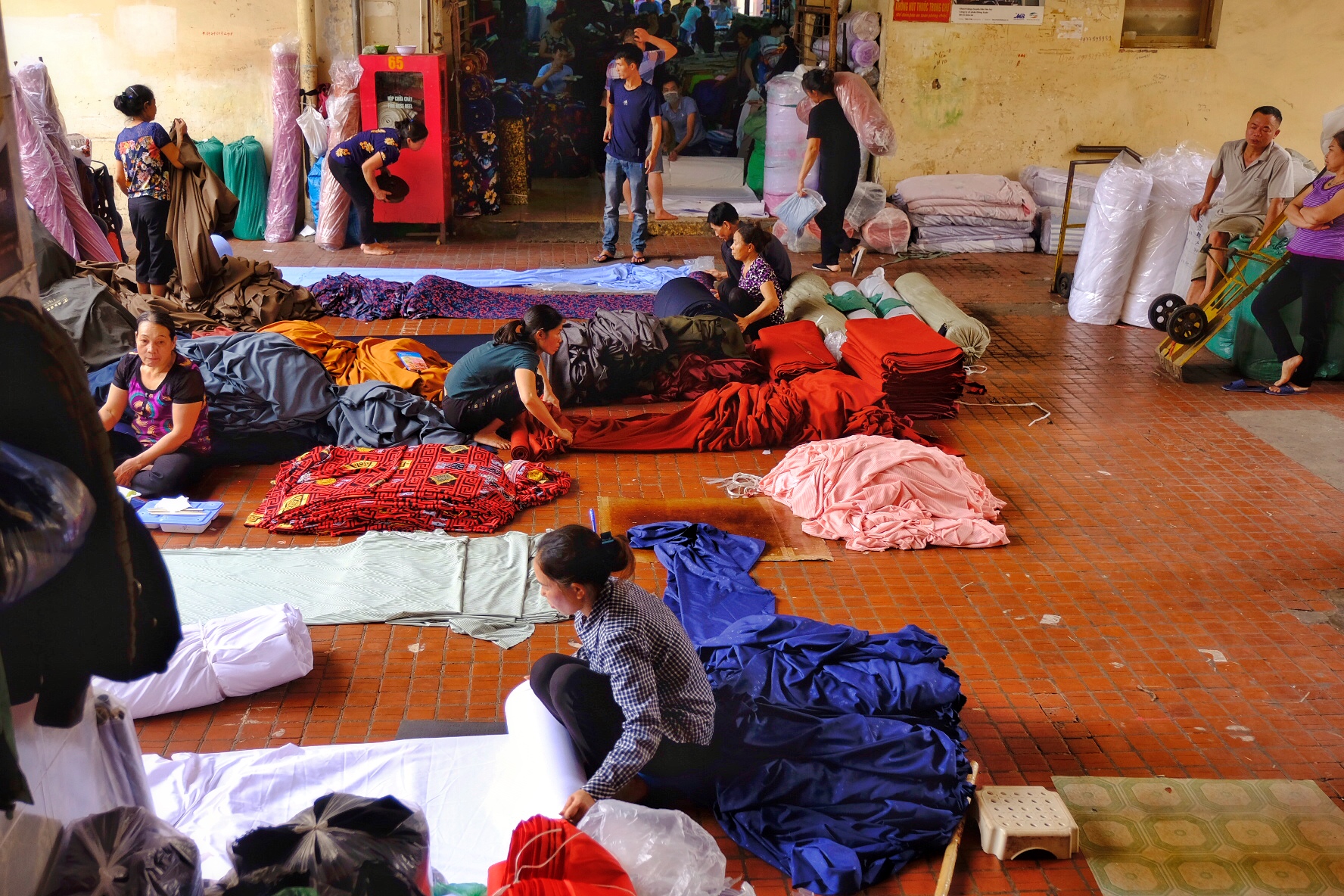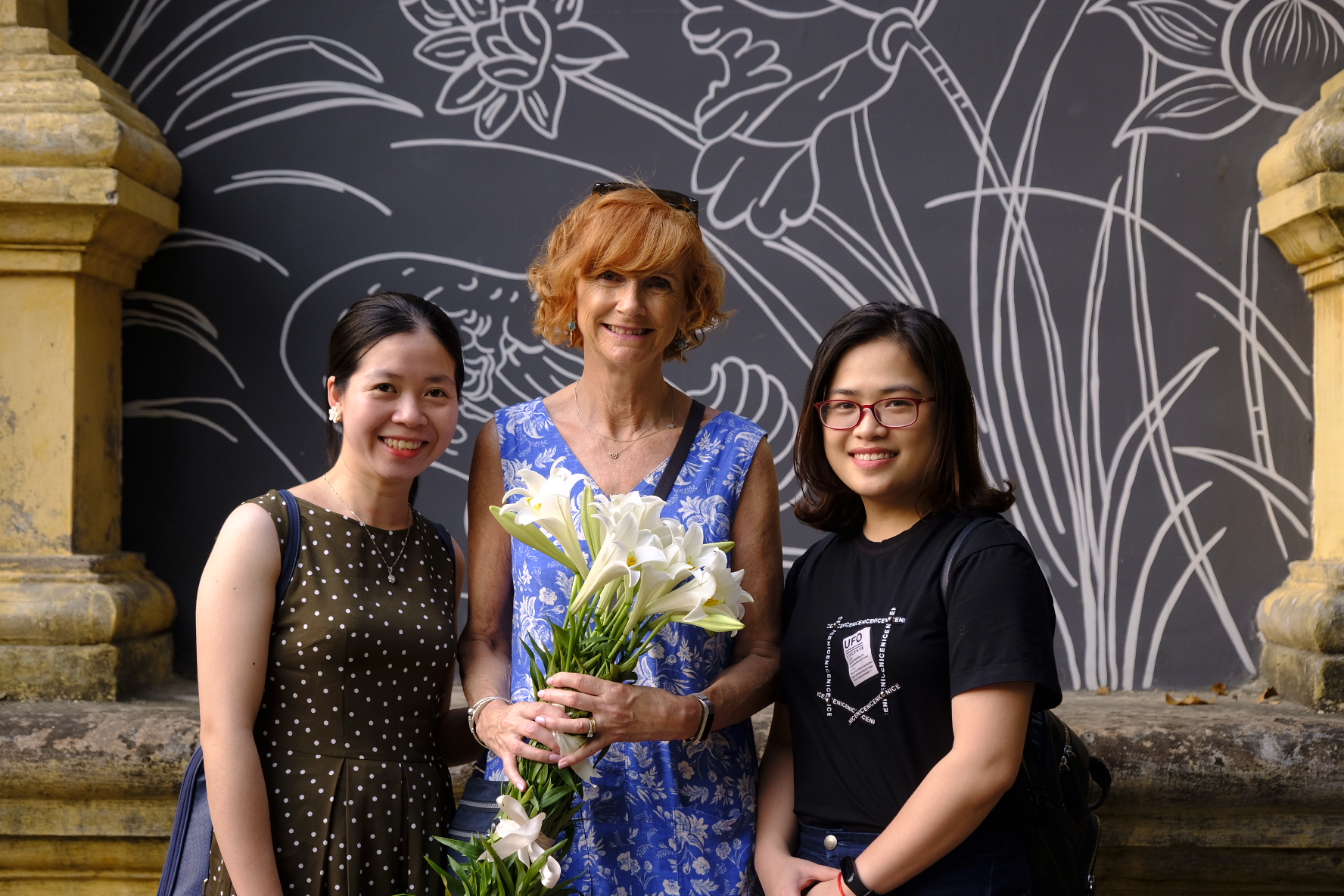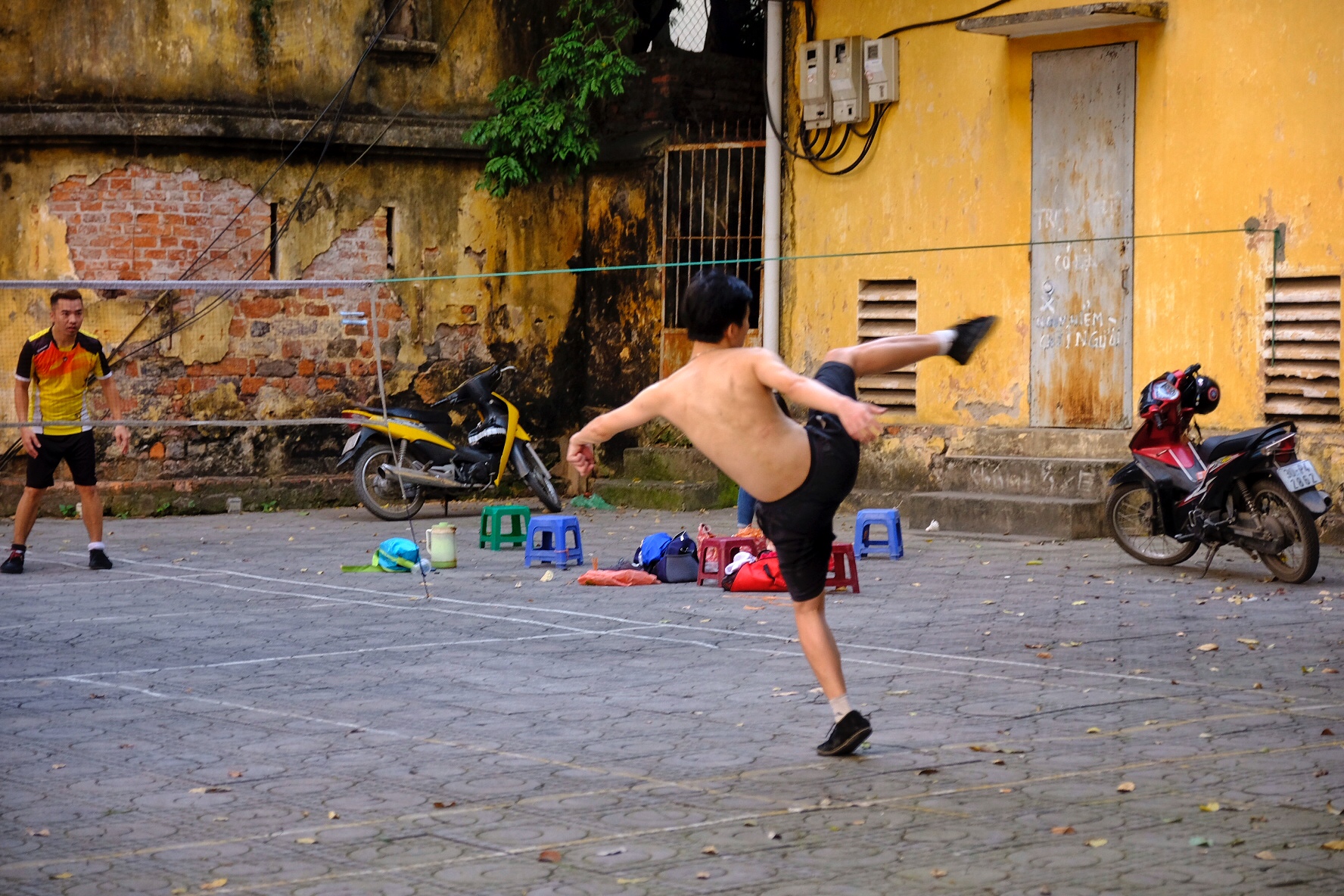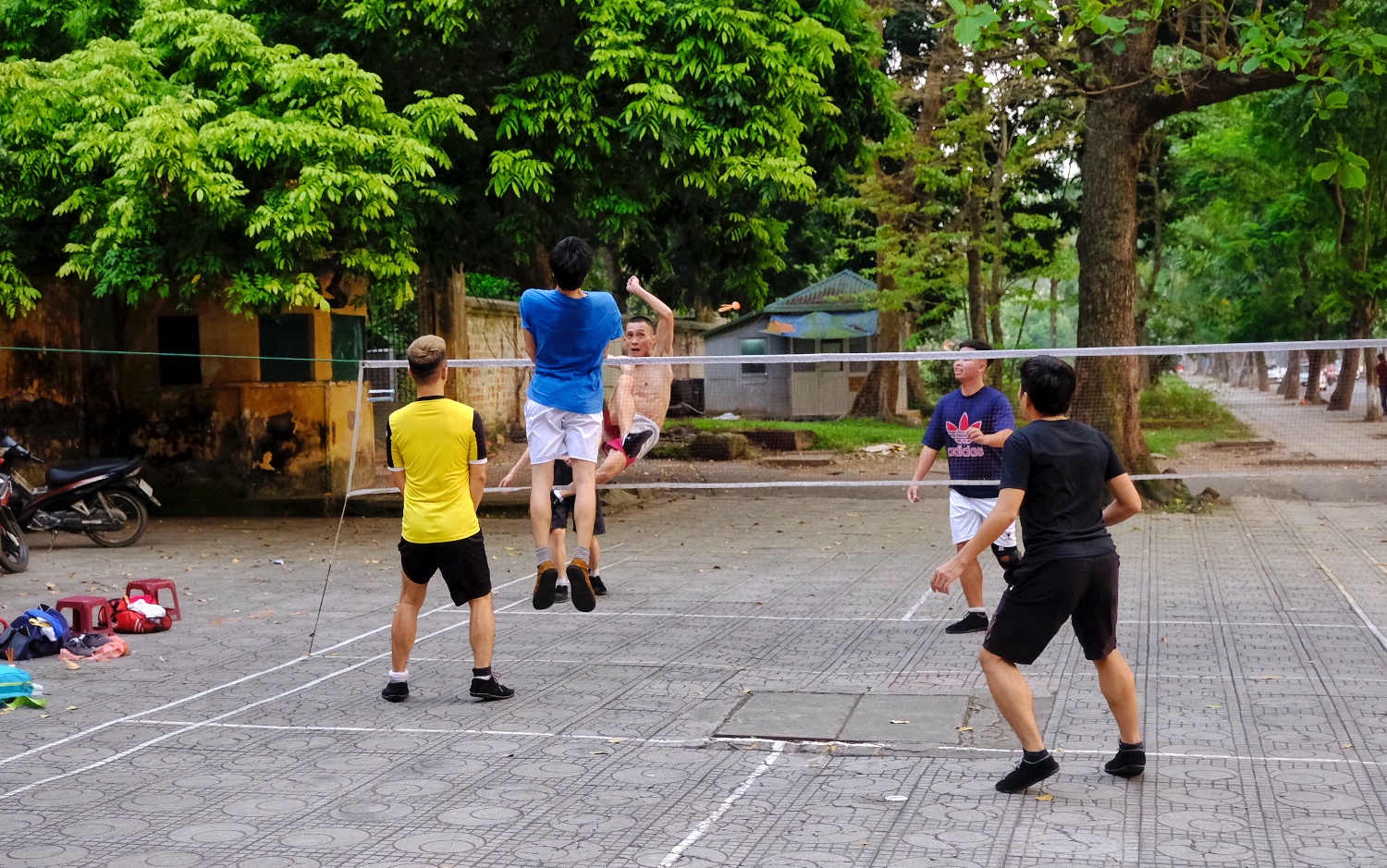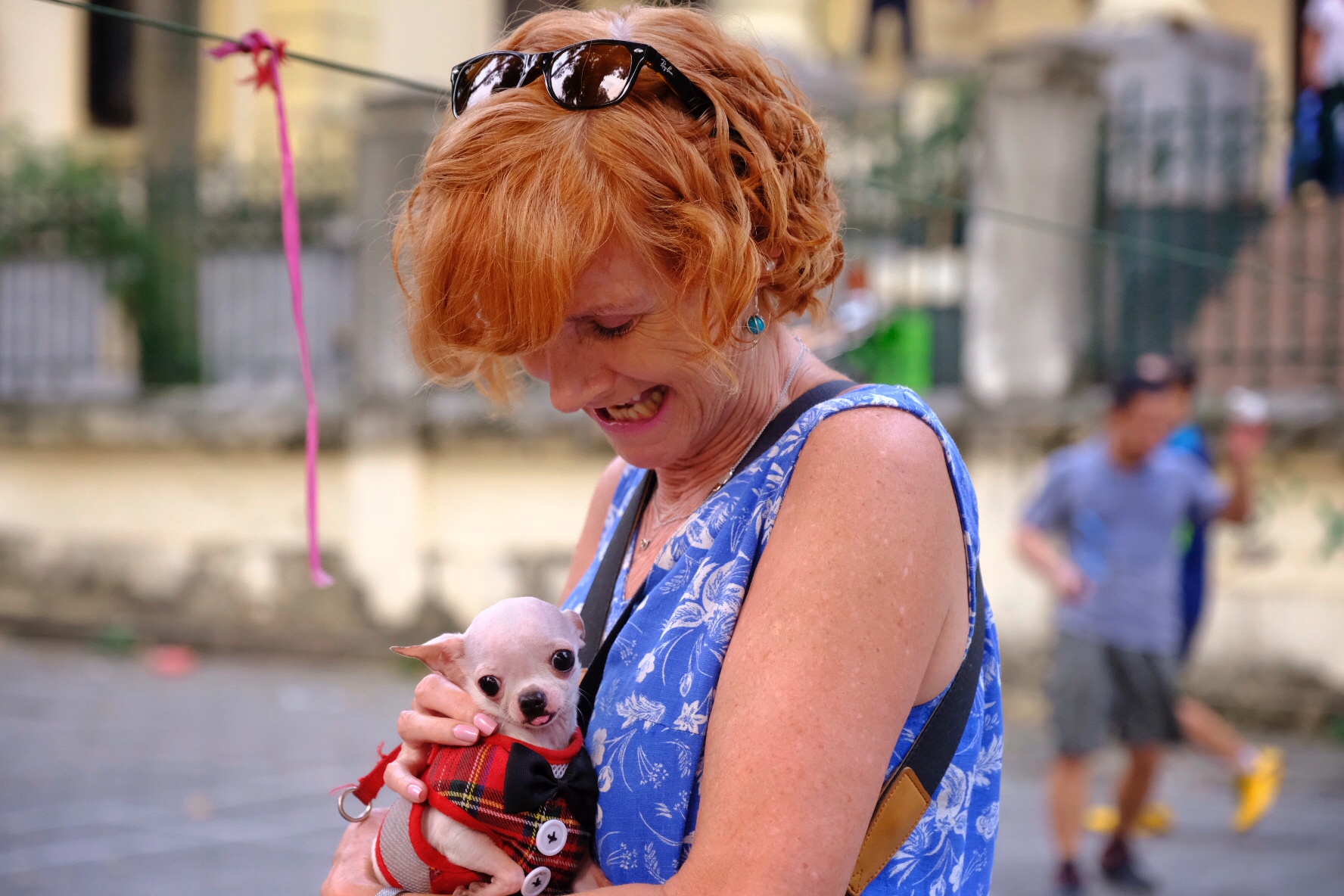The last few days have been about relaxing and getting home. Sunday in Vung Tau (admittedly forgettable), back to HCM city Monday to walk around city and night market and finally 24 hours getting home via Bangkok and Amsterdam.
What are my impressions? Well much of the time was spent at meetings though we did get to sample some of the country. But based on my limited experience Hanoi and the north appears more traditional Vietnamese whereas HCM City in the south is more cosmopolitan and western as evidenced by the newer, bigger city and shops like Gucci, Armani, Burberry, Channel etc, etc. Though we did see a Gucci store in Hanoi as well but not on the same scale. Though I am sure that not many locals purchased here, the wealthy international visitor I expect makes up the majority of the customers. As I understand it even well-educated professionals may earn only $200 a month and we saw plenty of people living on much else, and inflation is rampant now.
I love Hanoi and some of the local areas we saw and were taken to, it whetted my appetite for more. It would be nice to visit and travel widely with other photographers to get some great images of the very varied landscape and seascapes as well as the beautiful people. The people themselves are, friendly, welcoming, quiet and sometimes shy. There are many different ethnicities with varying traditions which would be great to explore and to get to know more about. In the time available we really didn't even scratch the surface.
The food is great, a preponderance of fish and seafood, but it all seems so fresh, plainly cooked and embellished with lovely sauces, and the use of vegetables is great. Though we also sampled some of the very unusually: uterus, pigs intestine, testicle, liver and a desert which contained frogs stomach, fortunately we avoided snake! Also unfortunately they did not inherit good desserts from their French invaders but they have an abundance of fantastic fruit to make up for this.
For those of a more cultural bent, than myself, there are also plenty of museums and places that commemorate the struggle against their previous invaders, the USA and the French.
What, though, of their Haemophilia care? Well there are some very good points. Firstly there are a number of Haemophilia centres around the country, this is excellent as I have no doubt that without these centres there would be many more injuries and indeed deaths. General hospitals just don't treat as well, they don't have the expertise or the treatment and the delay or denial of treatment, or inappropriate treatment can lead to permanent injury or death. Even in Ireland, where we have good comprehensive care in centres there is a concern about being treated in none centres without this expertise, steps are being taken to try improve on this. The problem here in Vietnam though is that many patients live a long way from the centres and most do not have a decent mode of transport except perhaps on the back of a motorbike which isn't exactly the best mode of transport with a bleed or injury! This delay causes further problems.
At these centres there are very good and dedicated staff who look after their patients as well as they can, but the problem is two-fold. The lack of access to sufficient and appropriate factor replacement treatment. As a poor country it is difficult to access the most modern factor replacement concentrates so less efficient plasma derived products are used. And although these are made locally to high standards with proper screening for viruses and contaminants, sufficient treatment cannot be made to allow patients treat themselves at home when they get injured, which, would revolutionise the standard of care. Secondly, people with haemophilia here must pay a contribution towards their treatment, 20%, which for the vast majority here is a great burden and has led to great hardship. In circumstances of poverty this contribution is reduced to 5% and in these cases the treatment manufacturers will pay the final 5%, but this really only encourages poverty.
The outcome is that patients lose out on their education, can't get jobs and find it difficult to support themselves. Seeing this is very humbling and makes me appreciate the very good level of care we get. But also it reminds me of how it used to be in Ireland many decades ago. It has been a long road, a very hard-fought road, to get us where we are and this road has been paved with many instances of hardship, through lack of treatment which lead to: deformity and disablement, poor education, lack of job prospects, families ashamed of their haemophilia, poor quality of life, and indeed lives cut tragically short through injury. In the last 3 decades poor safety measures in the manufacturing of the treatment has had its own tragedy through contamination with HIV, AIDS and Hep. C, where the lives of many friends and families have been devastated. So my visit here reminds me we should not be complacent about what we have achieved, irrespective of our economy. We need to retain and continue to improve our level of care so that we should not fall back into the abyss of inadequate treatment, and we must insist on the highest level of care, in this way people with haemophilia and bleeding disorders can have full and fulfilling lives, and can contribute to society rather than be a burden on it.
So finally a country I would live to return to and explore more fully.

